Metallurgical Crane vs. Conventional Crane: 5 Key Differences
In industrial material handling, various types of crane equipment are utilized. However, significant differences exist between a metallurgical crane and a standard conventional crane These differences are not merely variations in capacity; they are fundamental distinctions in design philosophy, safety requirements, and performance characteristics tailored for extremely harsh conditions. The following five points outline the core divergences.
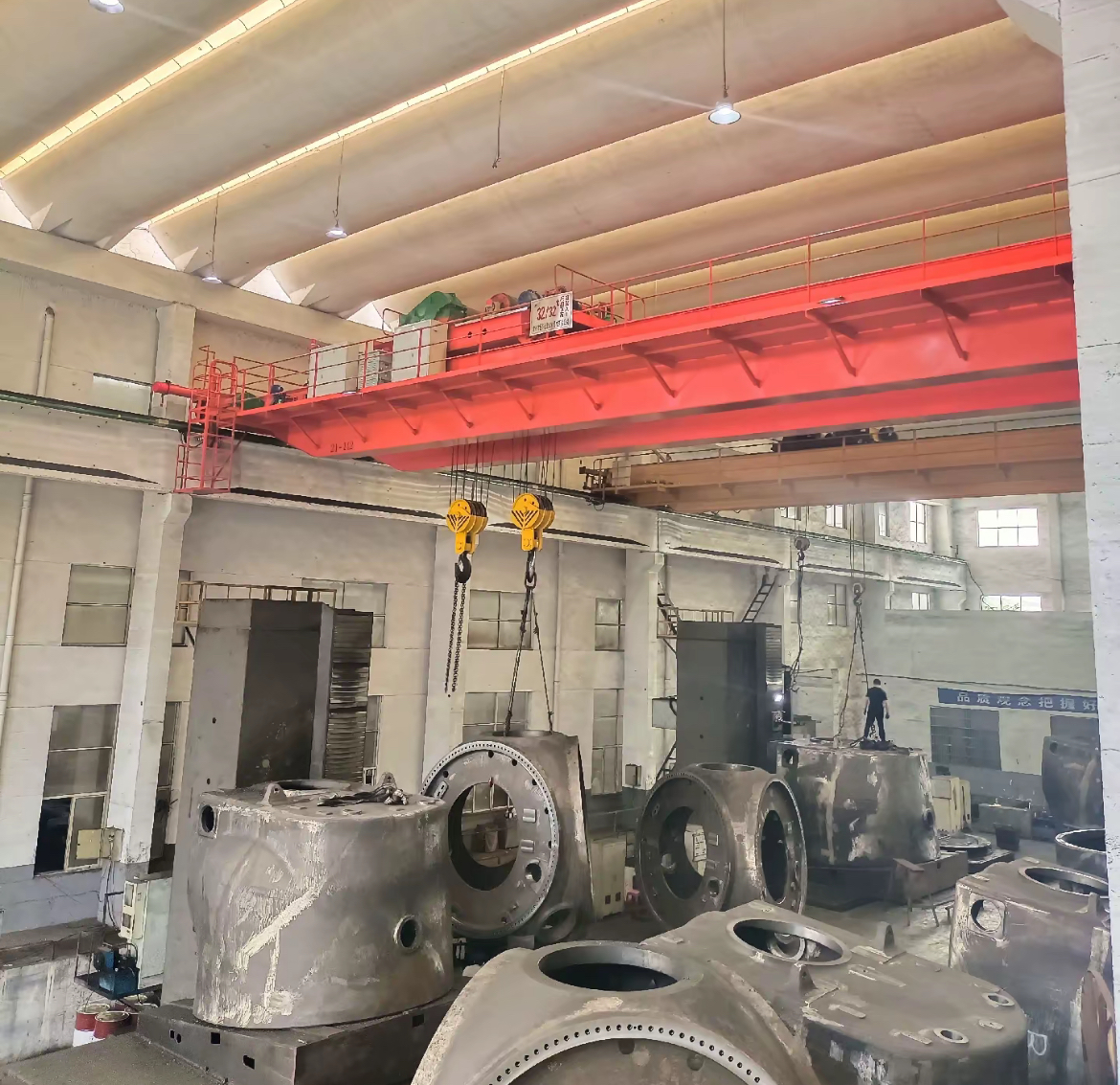
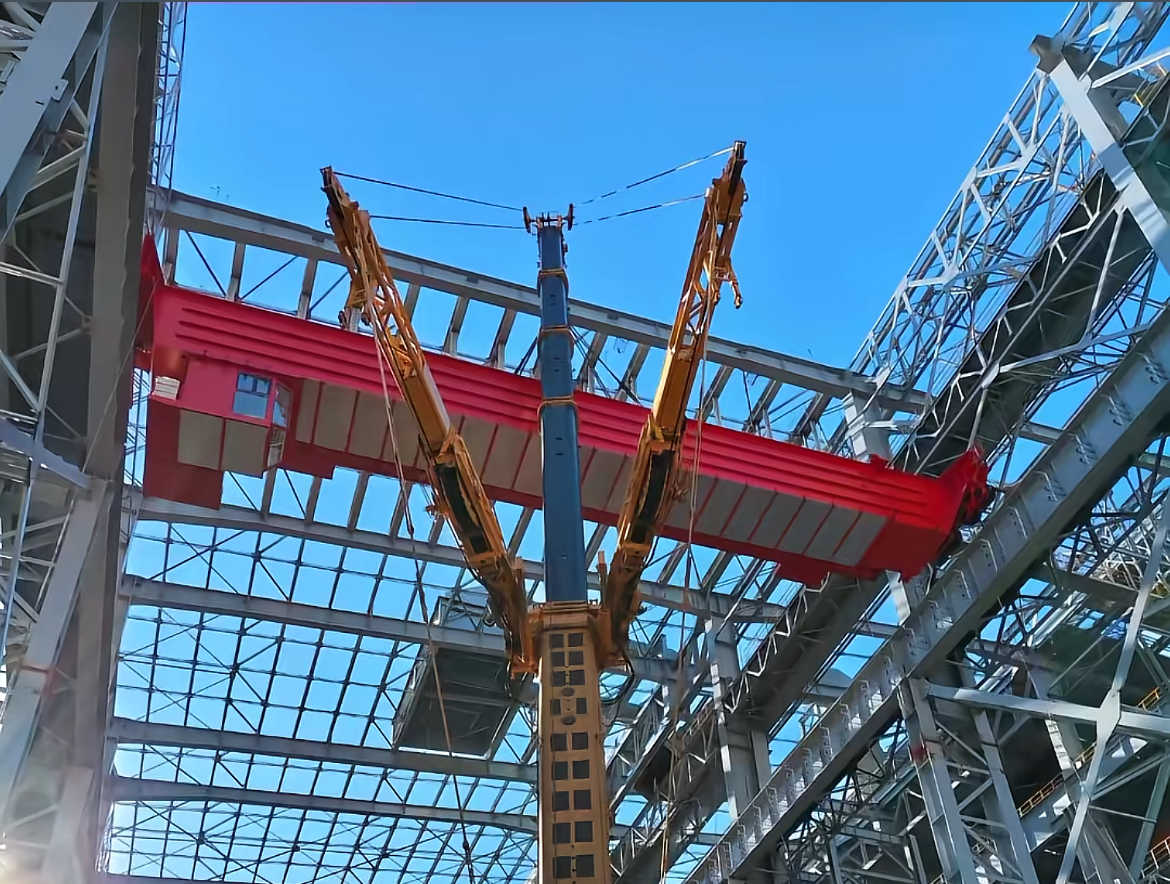
Design Classification and Duty Cycle
A conventional crane is typically designed for duty class A1 to A5 (ISO or FEM standards), suitable for general material handling applications with moderate workload and infrequent usage. This type of crane serves well in standard manufacturing environments.
In contrast, a metallurgical crane must meet much stricter requirements, often corresponding to duty class A6, A7, or even A8. This classification reflects the crane's intended use in near-continuous operations under extreme conditions. The entire crane design—including structures, mechanisms, and electrical components—must accommodate this severe duty cycle. The operational life expectancy of such a crane is calculated based on these extraordinary demands.
Structural Design and Thermal Protection
The structure of a conventional crane is designed to handle standard static and dynamic loads at ambient temperatures. The structural design of this crane follows conventional engineering principles for typical industrial applications.
A metallurgical crane operates in high-temperature environments, often near molten metal. Its structural design must incorporate measures to resist heat radiation. This includes using heat-resistant steels for critical components, adding protective thermal shields or insulation to the girder and end trucks, and calculating stress allowances for thermal expansion. Prolonged exposure to radiant heat can reduce material strength; thus, the structure of a Metallurgical Crane is inherently more robust and specially protected compared to that of a standard crane.
Hoisting Mechanism and Safety Redundancy
The hoisting mechanism on a conventional crane usually consists of a single motor, brake, and gearbox system. Safety is paramount, but the system is designed for general loads.
For a metallurgical crane, especially one handling ladles with molten metal, redundancy is critical. It employs a dual-system design: two independent braking systems (often one mechanical and one emergency) and frequently a dual-motor drive system. This ensures that if one brake or motor fails, the backup can safely control the load and prevent catastrophic failure. The control system for hoisting is also precision-engineered for smooth, shock-free movement to avoid splashing molten material. This level of built-in safety redundancy is a definitive feature that separates a metallurgical crane from a conventional crane.
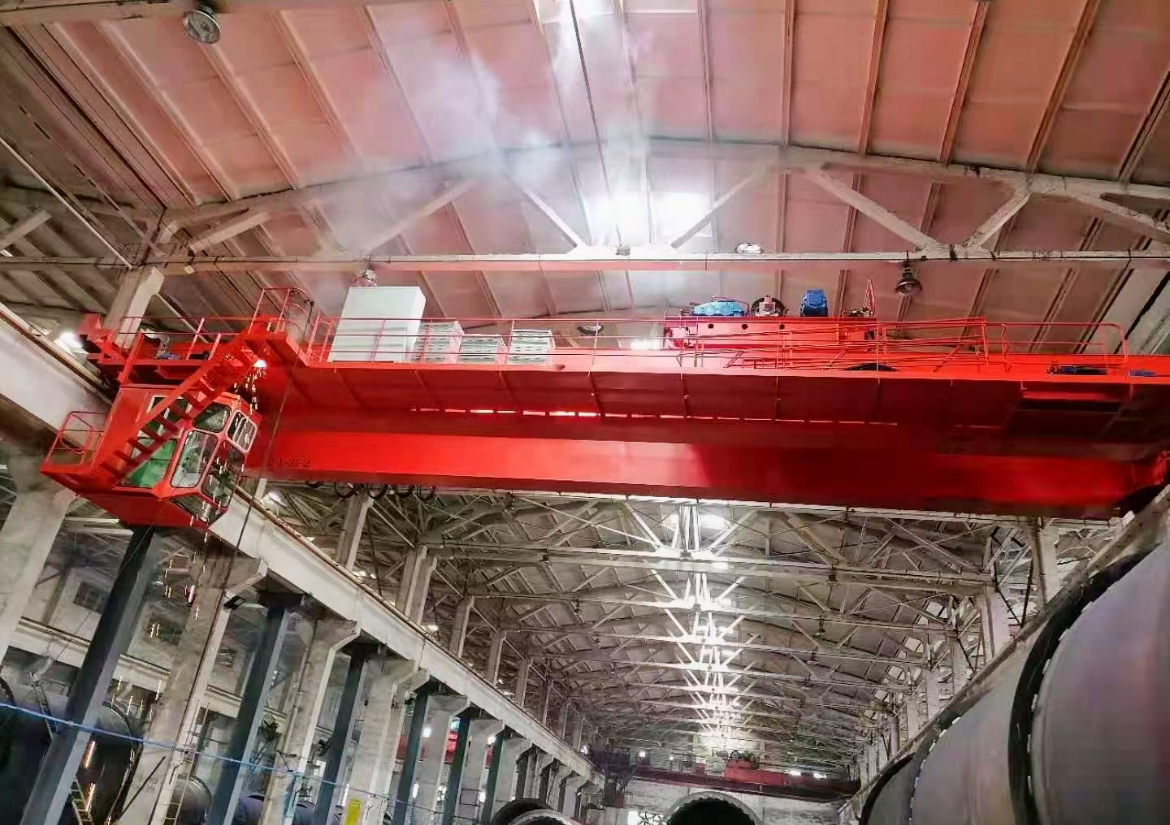
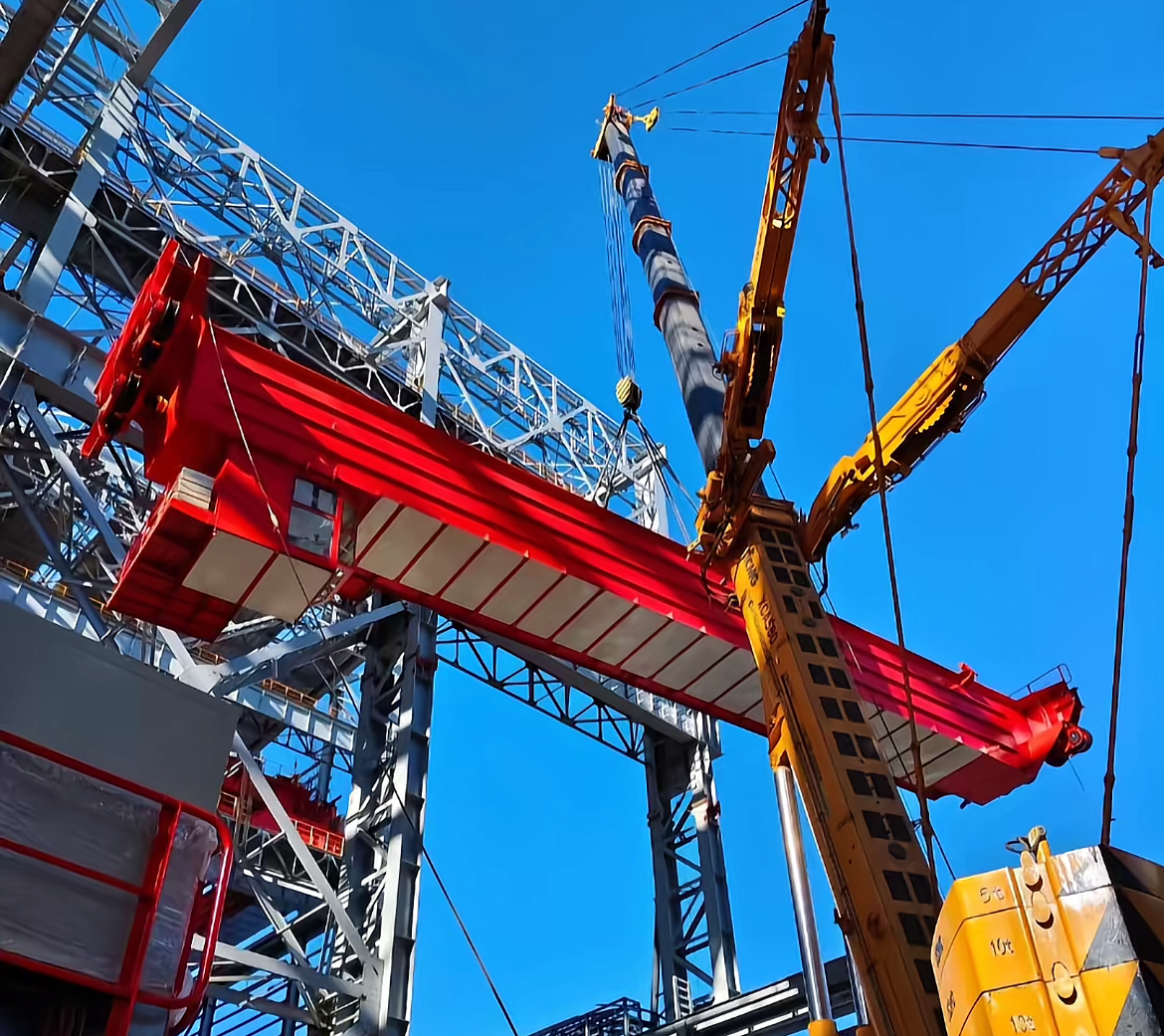
Electrical and Control Systems
The electrical system of a conventional crane is designed for reliable operation in standard industrial environments.
A metallurgical crane requires a system with superior resilience. Its electrical components must be resistant to extreme heat, conductive metallic dust, and moisture. Enclosures have higher IP (Ingress Protection) ratings. Furthermore, the control system is designed to minimize electromagnetic interference from sources like large arc furnaces. It often uses reinforced insulation, specialized cooling for components like frequency converters, and robust programmable logic controllers (PLCs) to ensure operational reliability under electrical interference that would disrupt a normal crane.
Safety Devices and Auxiliary Protections
Standard safety features on a conventional crane include limit switches, overload protection, and bumpers.
A metallurgical crane incorporates all these and adds specialized protections. These are essential due to the high-risk nature of its cargo. Key additions often include:
Redundant limit switches for hoisting and traveling.
A second, independent overload protection system.
Heat protection systems for motors and brakes.
Specialized rope or cable guides resistant to heat.
Advanced monitoring systems that may track girder temperature or brake wear in real-time. These extensive protections are mandatory for a metallurgical crane, going far beyond the requirements for a standard conventional crane and are critical for the safe operation of the crane.
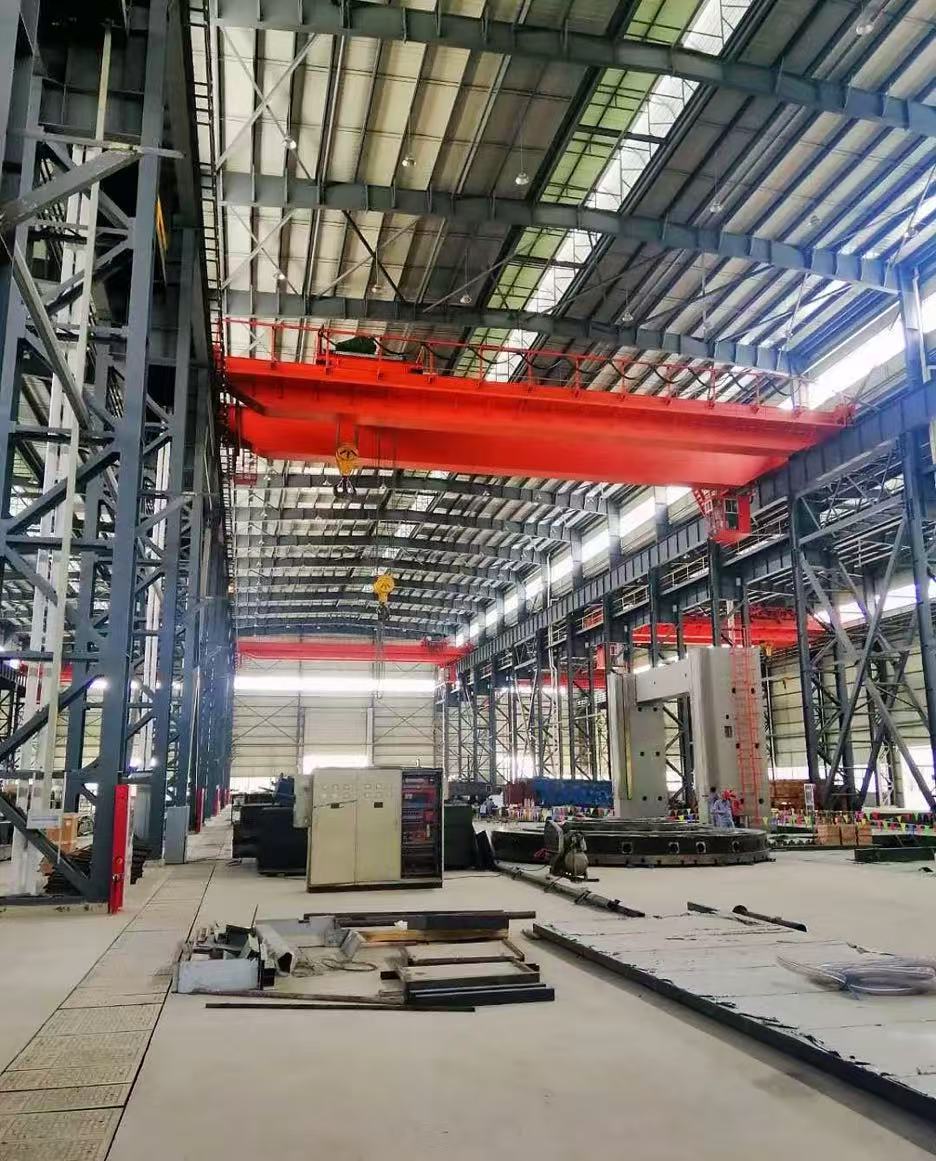
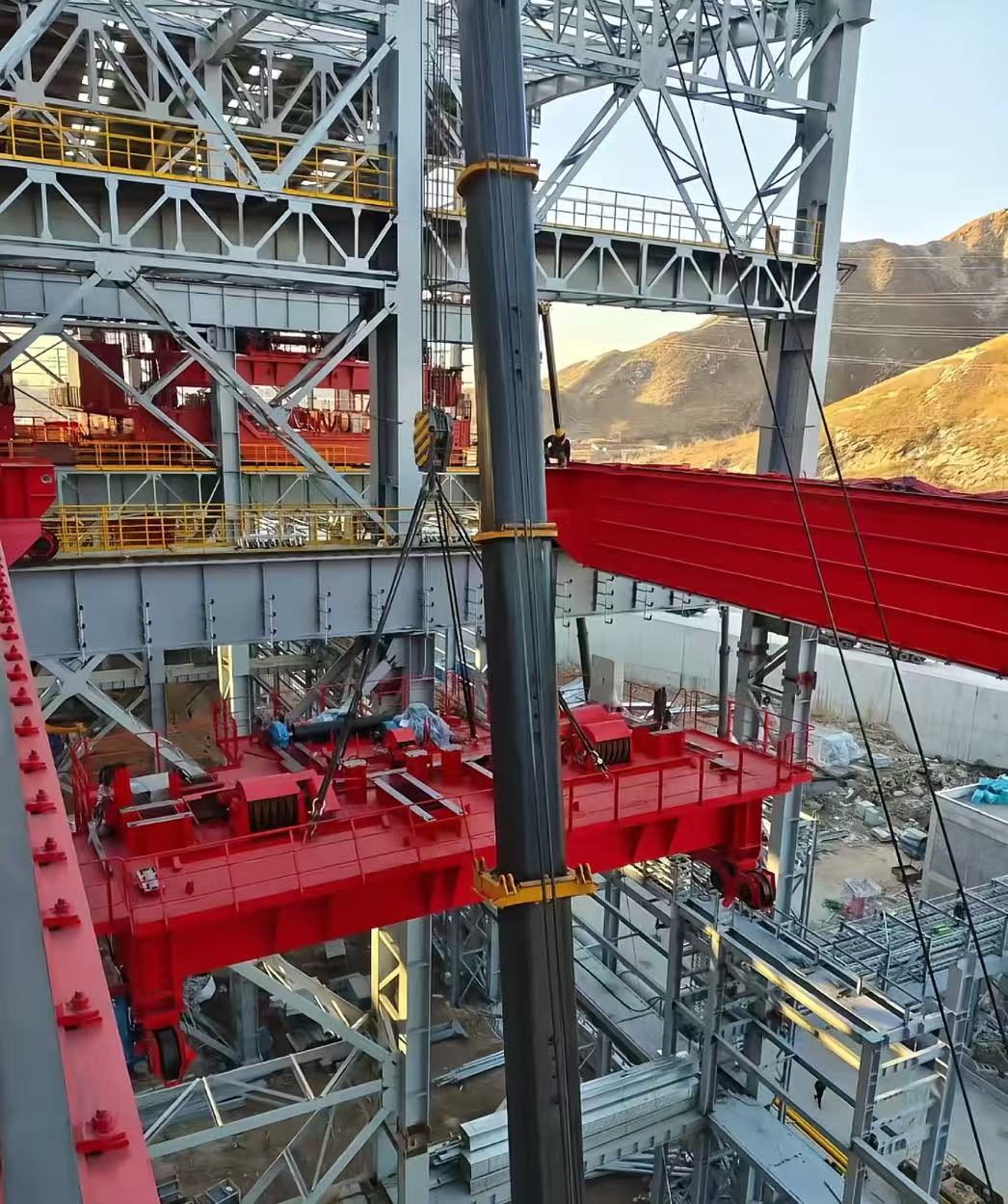
Conclusion
The metallurgical crane is a highly specialized piece of equipment engineered for severity, safety, and reliability in some of the most demanding industrial environments. It is not simply a heavier-duty version of a conventional crane but a distinct class of crane with fundamental design differences. Understanding these five key areas—duty cycle, structural adaptations, safety redundancy,
electrical resilience, and advanced protections—is crucial for specifying, operating, and maintaining the correct equipment for handling molten metals and other high-temperature processes.

